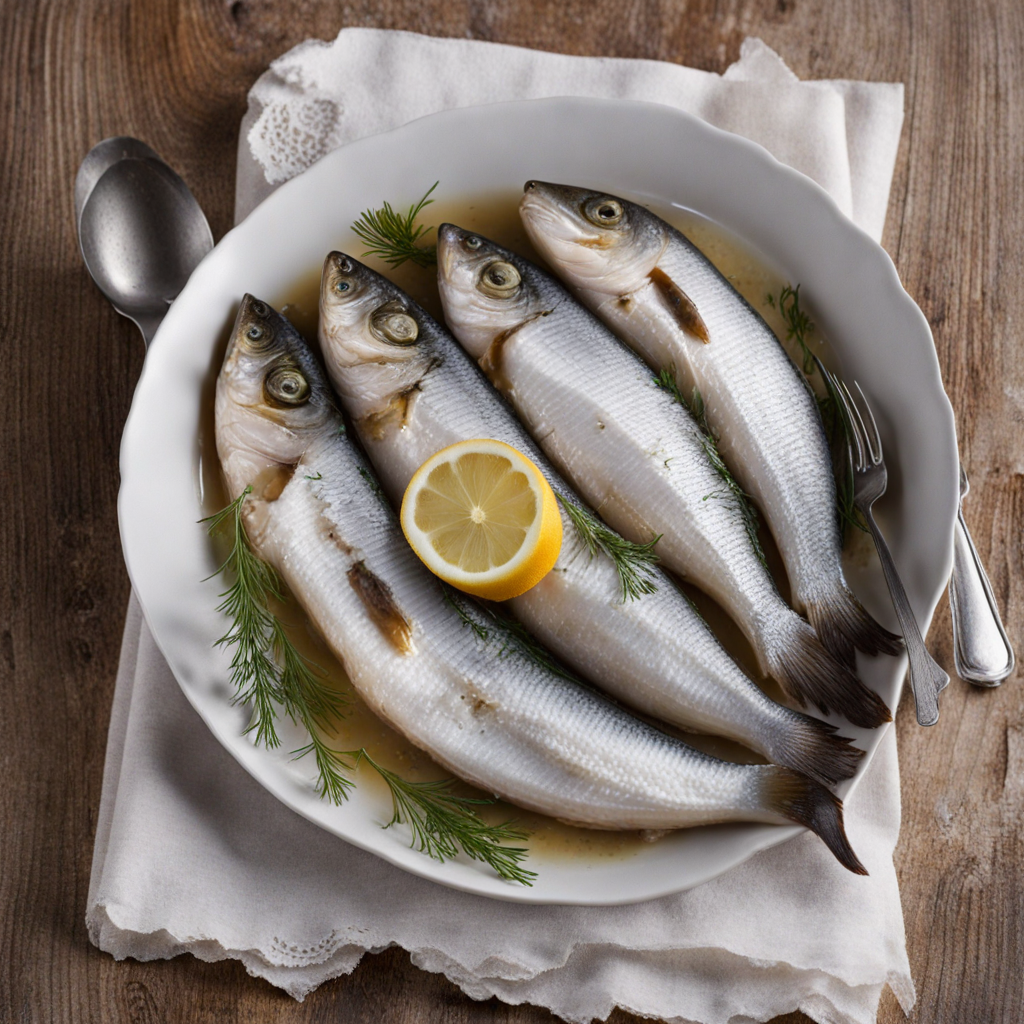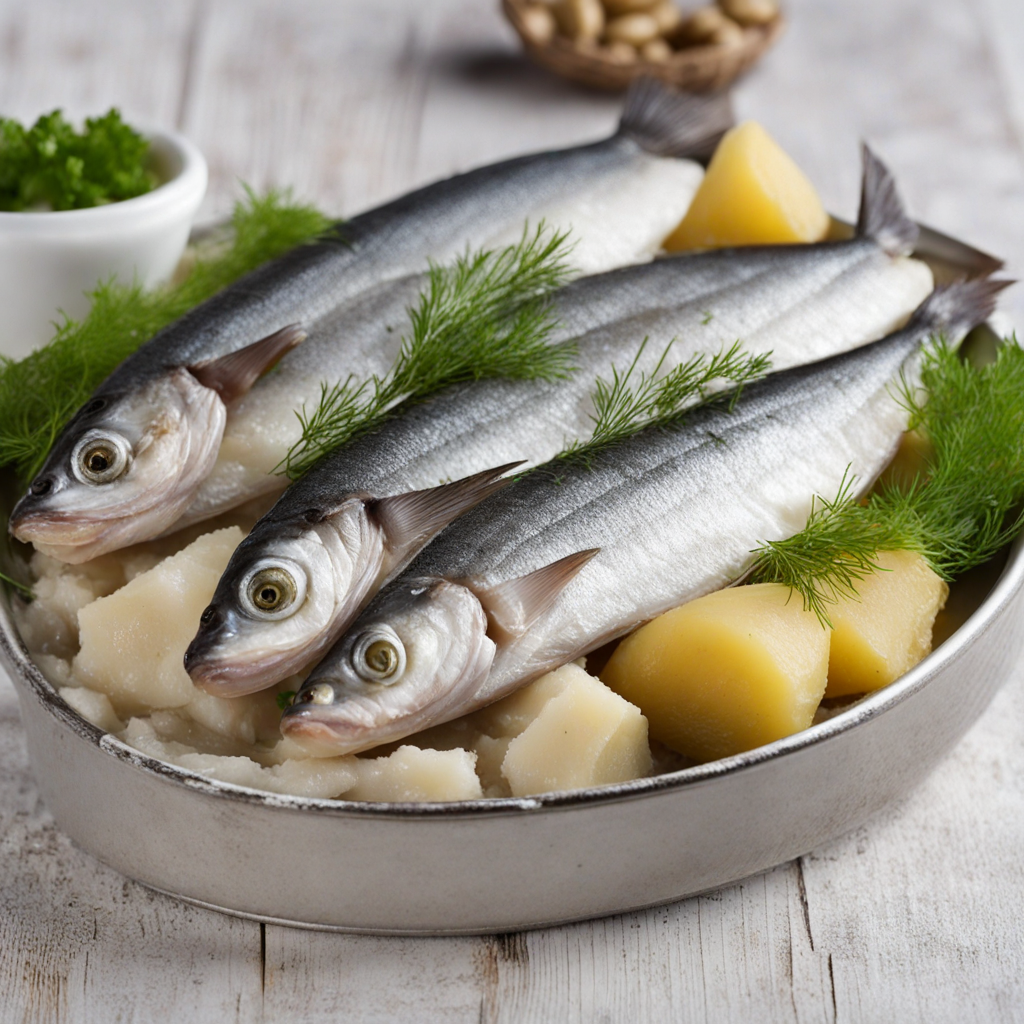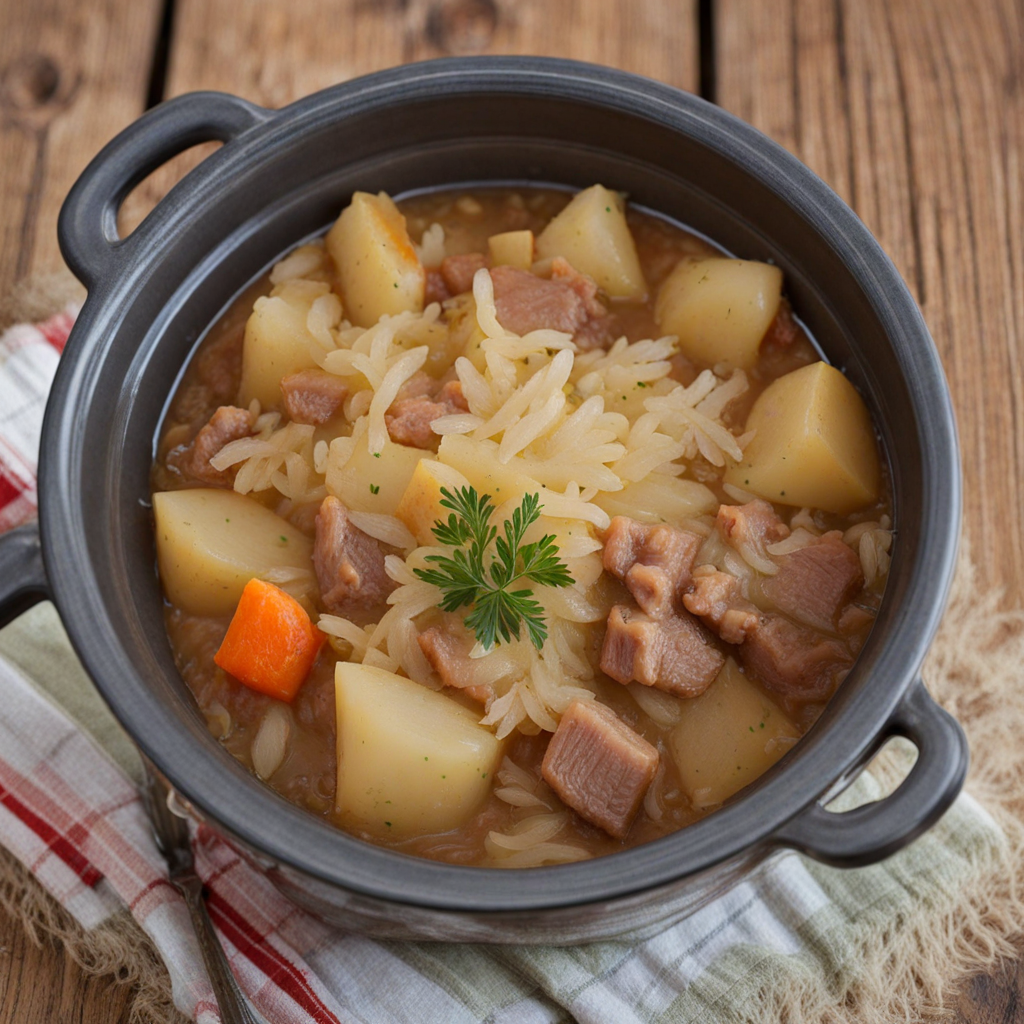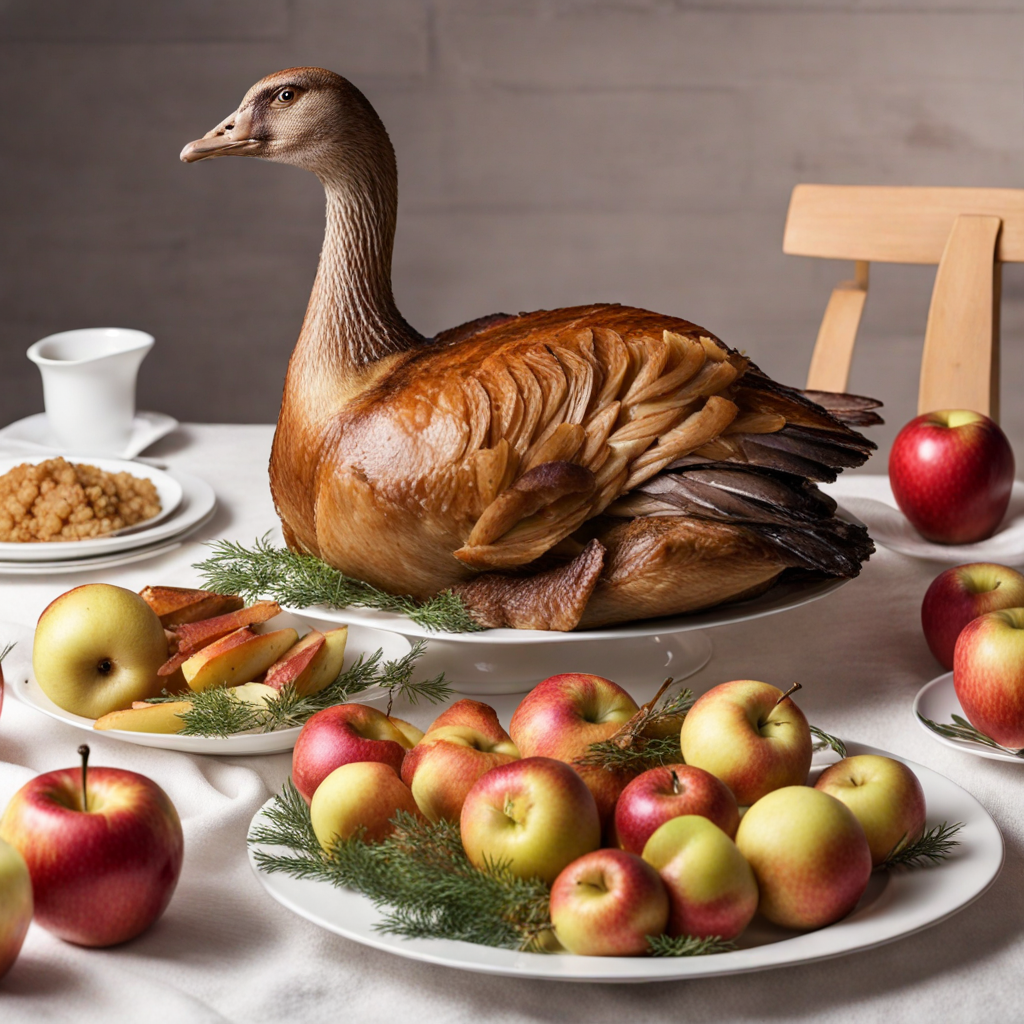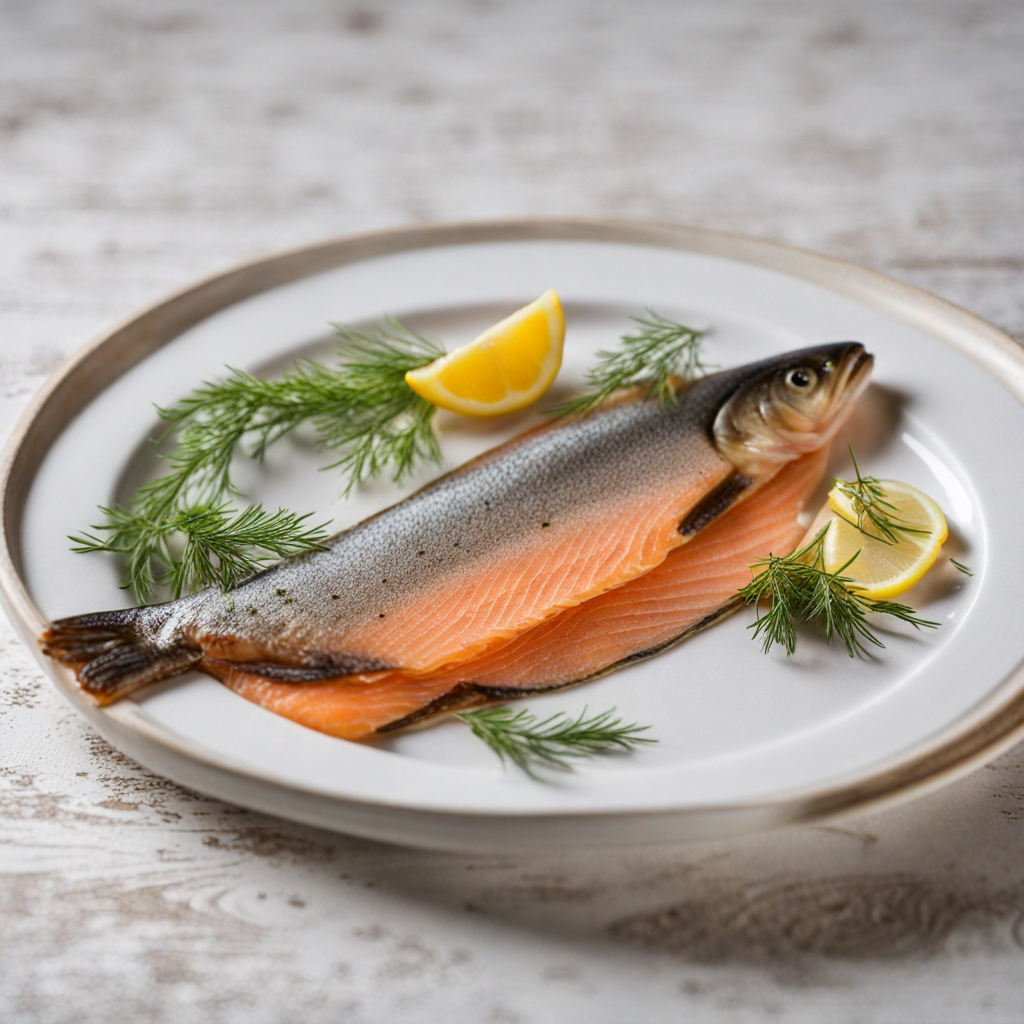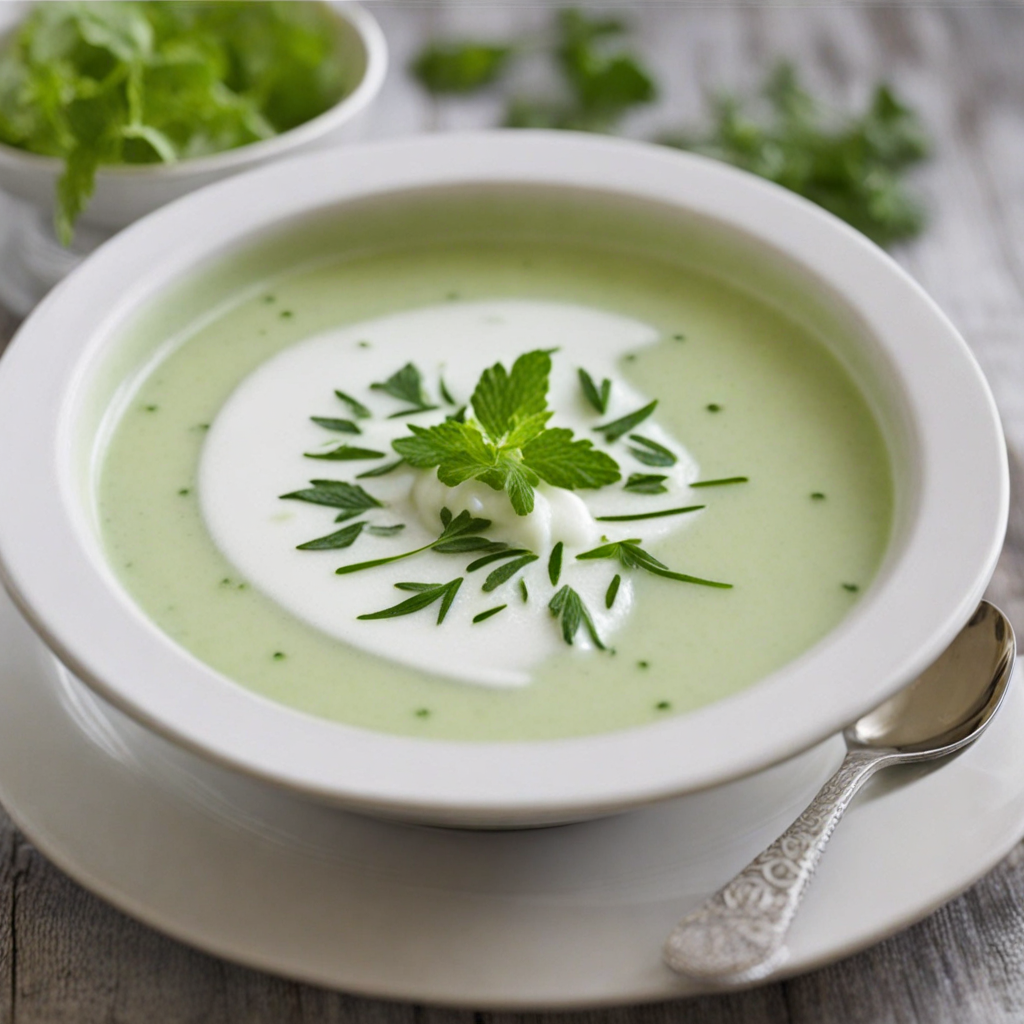Salted Herring
Salted Herring, a traditional Estonian delicacy, offers a distinctive taste that embodies the essence of the Baltic Sea. This dish features herring fish that has been carefully salted and preserved, allowing the natural flavors of the fish to shine through. The texture is firm yet tender, with a slightly oily mouthfeel that enhances its richness. The salting process not only intensifies the flavor but also provides a unique umami profile, making it a savory treat for those seeking to expand their culinary horizons. When served, Salted Herring is often accompanied by a variety of traditional Estonian sides, such as boiled potatoes, onions, and sour cream. The combination of these ingredients creates a delightful contrast, balancing the saltiness of the herring with creamy and earthy notes. Additionally, the dish can be garnished with fresh herbs, like dill, which adds a refreshing touch that elevates the overall flavor experience. Each bite presents a harmonious blend of salty, savory, and slightly tangy elements that are characteristic of Estonian cuisine. Enjoying Salted Herring is not just about the taste; it is also about the cultural experience it represents. This dish is commonly served during gatherings and celebrations, highlighting its significance in Estonian culinary traditions. Whether enjoyed on its own, as part of a smorgasbord, or incorporated into salads, Salted Herring invites adventurous eaters to explore the rich maritime heritage of Estonia, making it a memorable addition to any food lover's journey.
How It Became This Dish
The Culinary Journey of Soolaheringas: Estonia's Beloved Rye Bread #### Origins of Soolaheringas Soolaheringas, a traditional Estonian dish, is a staple that reflects the country’s rich agricultural heritage and culinary traditions. At its core, Soolaheringas is a type of rye bread, often circular in shape, which signifies the importance of rye in the Estonian diet. Rye has been cultivated in the region for centuries, thriving in Estonia’s cool climate and poor soil, where other grains struggle to grow. The earliest evidence of rye cultivation in Estonia dates back to the 13th century, aligning with the period of rapid agricultural development in Northern Europe. The name "Soolaheringas" derives from two Estonian words: "soola," meaning salt, and "ringas," meaning circular or ring-shaped. This nomenclature highlights the essential ingredients that define this bread: salt and rye flour. Traditionally, salt was a precious commodity, not only for flavoring food but also for preserving it in a time before refrigeration. The circular shape of the bread is practical, allowing for even baking and easy handling, as well as an aesthetic appeal that makes it a favorite for festive occasions. #### Cultural Significance Soolaheringas is more than just food; it embodies the essence of Estonian culture and history. In a society deeply connected to its agrarian roots, bread has always been a symbol of sustenance and the cycle of life. For Estonians, sharing bread signifies hospitality and community. It is often served during family gatherings, holidays, and significant life events such as weddings and christenings. During the Soviet occupation (1940-1941, 1944-1991), traditional foods like Soolaheringas became even more significant as they represented a connection to national identity and heritage. In a time when many aspects of Estonian culture were suppressed, the act of baking and consuming traditional foods served as a quiet form of resistance. The recipes and methods for making Soolaheringas were passed down through generations, preserving the knowledge of their ancestors and reinforcing a sense of belonging among Estonians. #### Ingredients and Preparation The preparation of Soolaheringas is a time-honored tradition, often involving family members who gather to make the dough. The primary ingredients include rye flour, water, salt, and a sourdough starter, which is essential for fermentation. The use of sourdough gives the bread its distinct flavor and texture, contributing to its dense yet moist crumb. The process begins with mixing the rye flour and water to form a dough, which is left to ferment. This fermentation process can take several hours, during which the natural yeasts and bacteria present in the sourdough starter work their magic, producing carbon dioxide and organic acids that enhance the bread's flavor. Once the dough has risen adequately, it is shaped into rings, sometimes adorned with seeds or grains for added texture and taste. Baking Soolaheringas traditionally occurs in wood-fired ovens, imparting a unique smokiness and crustiness to the bread. However, modern adaptations have allowed for the use of conventional ovens while still preserving the essence of the dish. Once baked, Soolaheringas has a dark, crusty exterior and a soft, flavorful interior, making it a versatile accompaniment to a variety of dishes or a satisfying meal on its own. #### Evolution Over Time As Estonia transitioned through various historical phases, so too did Soolaheringas. In the early 20th century, with increased urbanization and industrialization, traditional baking methods began to fade. The introduction of commercial yeasts and pre-packaged bread altered the landscape of Estonian baking, making bread more accessible but often at the cost of flavor and cultural significance. However, the late 20th and early 21st centuries saw a resurgence of interest in traditional foods, partly fueled by the global slow food movement that emphasizes local, sustainable, and heritage ingredients. Many Estonians began to reclaim their culinary traditions, with Soolaheringas at the forefront of this revival. Artisanal bakers emerged, dedicated to recreating authentic versions of the bread and educating the public about its history and significance. Today, Soolaheringas is celebrated not only in homes but also in bakeries and cafes across Estonia. It has become a symbol of national pride and is often featured in cultural festivals, food markets, and events promoting Estonian cuisine. The bread is now enjoyed in various forms, from traditional presentations to innovative pairings with modern gourmet cuisine, showcasing its versatility and enduring appeal. #### Soolaheringas in Modern Estonia In contemporary Estonia, Soolaheringas is often served with a range of toppings, from simple butter and cheese to elaborate spreads featuring smoked fish or cured meats. It retains its status as a comfort food, providing a nostalgic connection to the past while allowing for culinary experimentation in the present. The bread also plays a significant role in Estonia’s food diplomacy. As the country seeks to establish its identity on the global stage, traditional foods like Soolaheringas are used to promote Estonian culture and heritage. International food festivals and culinary events often feature this bread, allowing visitors to experience a taste of Estonia’s rich agricultural landscape and artisanal traditions. #### Conclusion Soolaheringas is more than just a type of rye bread; it is a cultural artifact that tells the story of Estonia’s history, resilience, and identity. From its humble origins in the fields of rural Estonia to its modern iterations in urban bakeries, Soolaheringas has evolved while retaining its core essence. It embodies the spirit of a nation that values its culinary heritage, celebrates community, and embraces the future with an appreciation for the past. As Estonian society continues to navigate the complexities of modern life, Soolaheringas remains a beloved symbol of home, tradition, and togetherness.
You may like
Discover local flavors from Estonia


